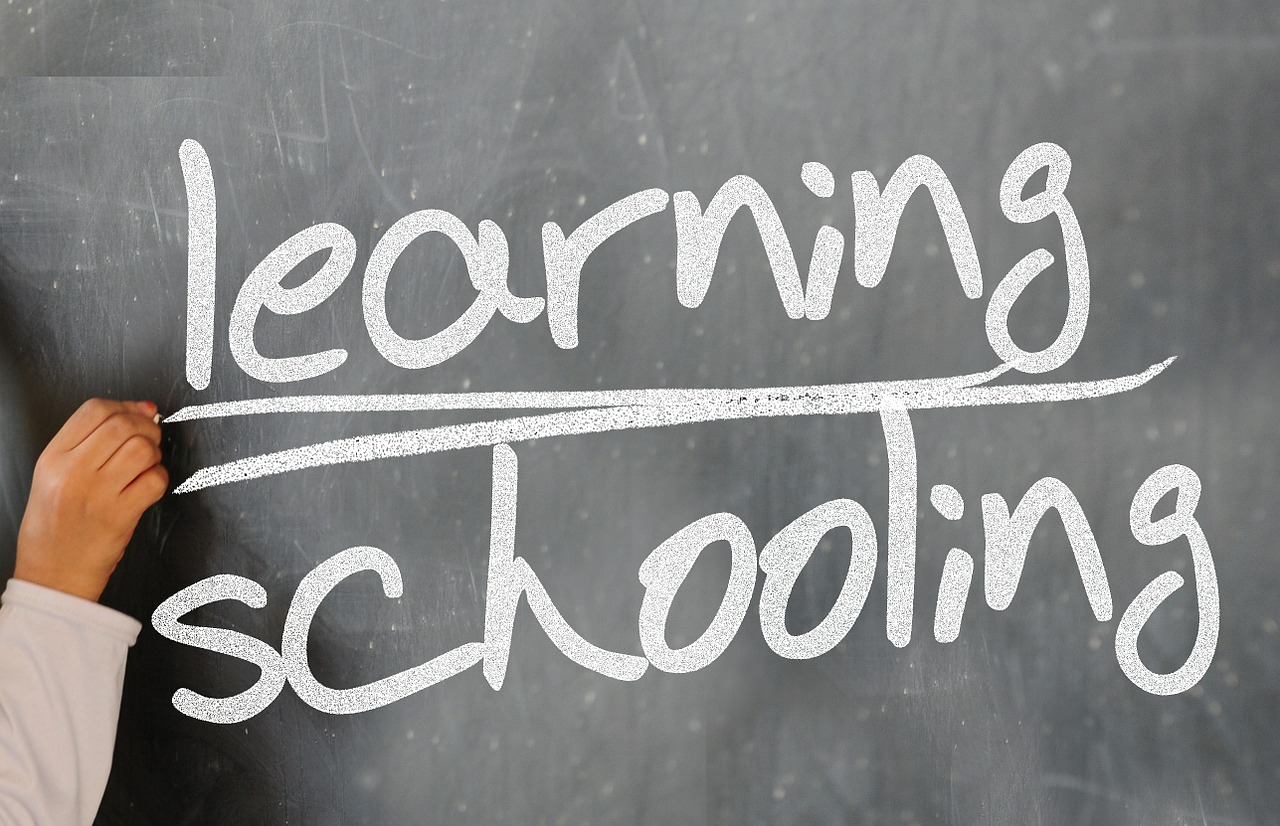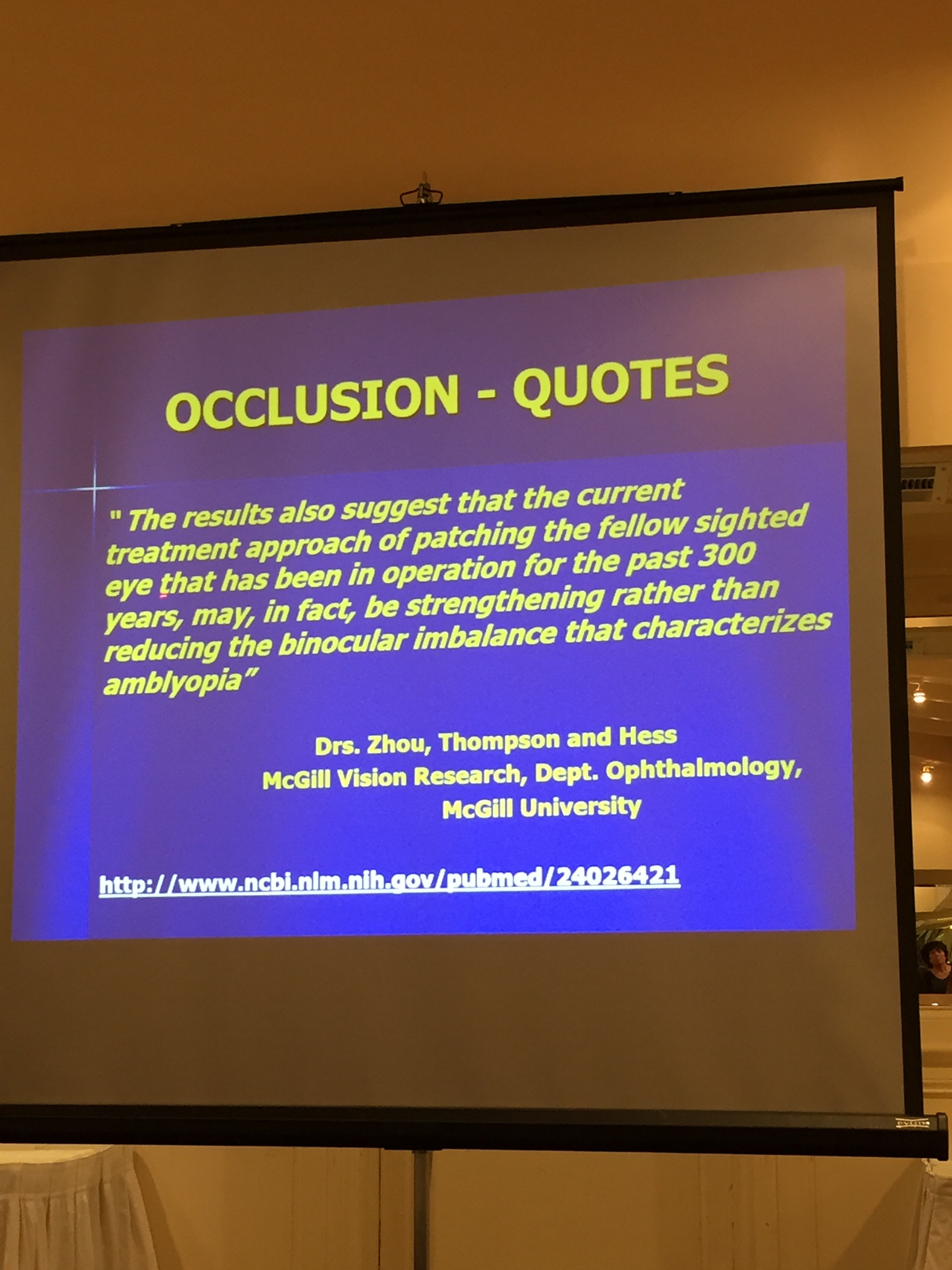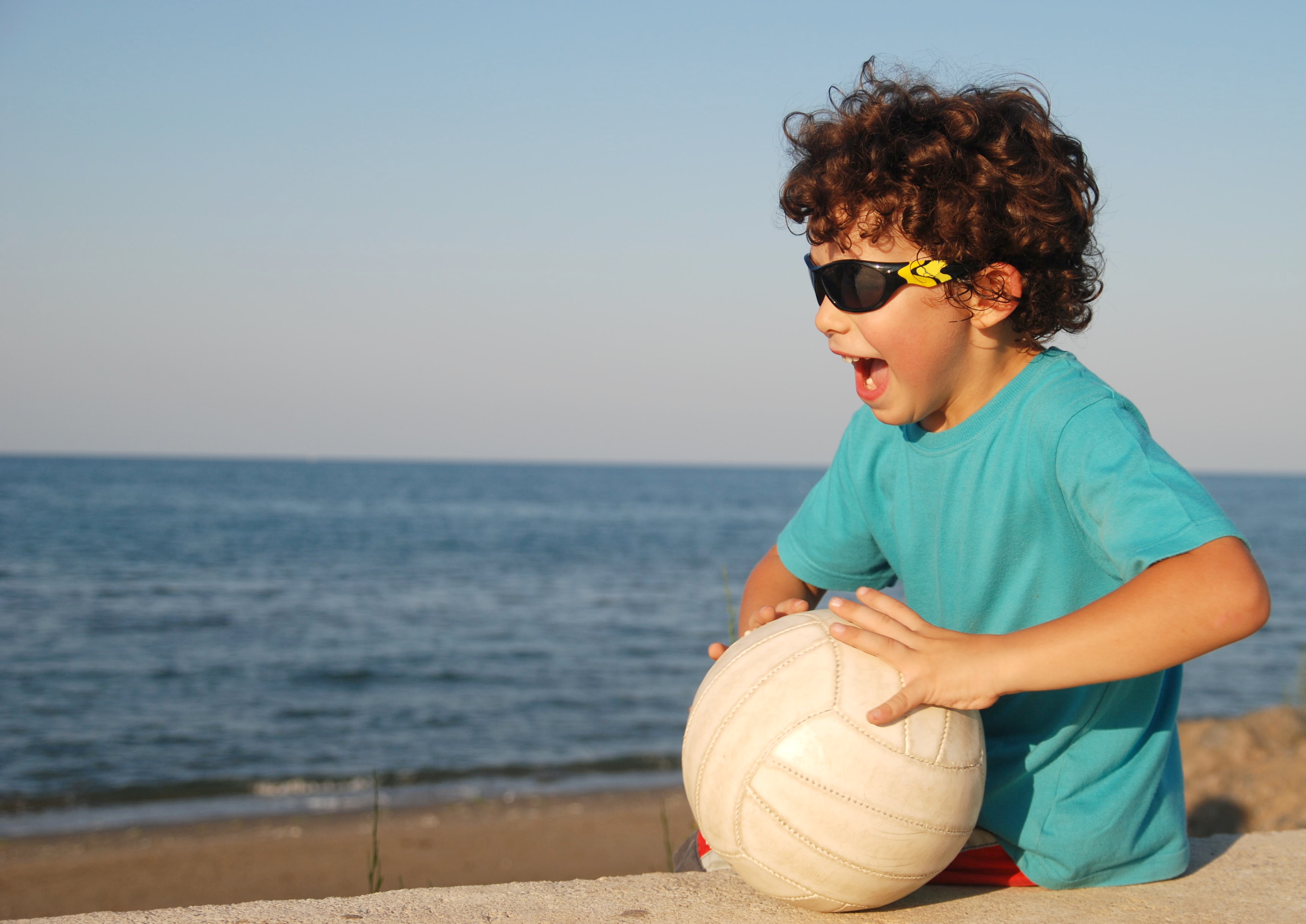Vision and Learning
The kids are back in school! If your child is struggling in school, but you cannot put a finger one why, schedule an appointment today for a comprehensive eye exam!
1 in 4 children have a Learning Related Vision Problem that is often times undetected.
If you’re an educator and would like to learn more about how to help your students, Dr. Lee is available for presentations on the link between vision and learning for parent/teacher groups. Send an email to info[at]drclaudialee[dot]com or call the office at (905) 666-4848 to get your group on the calendar, as spaces on PD days for this academic year 2015-16 will fill up fast!
Here’s a really great video on vision and learning, with perspectives from optometrists, teachers, patients, and parents.





